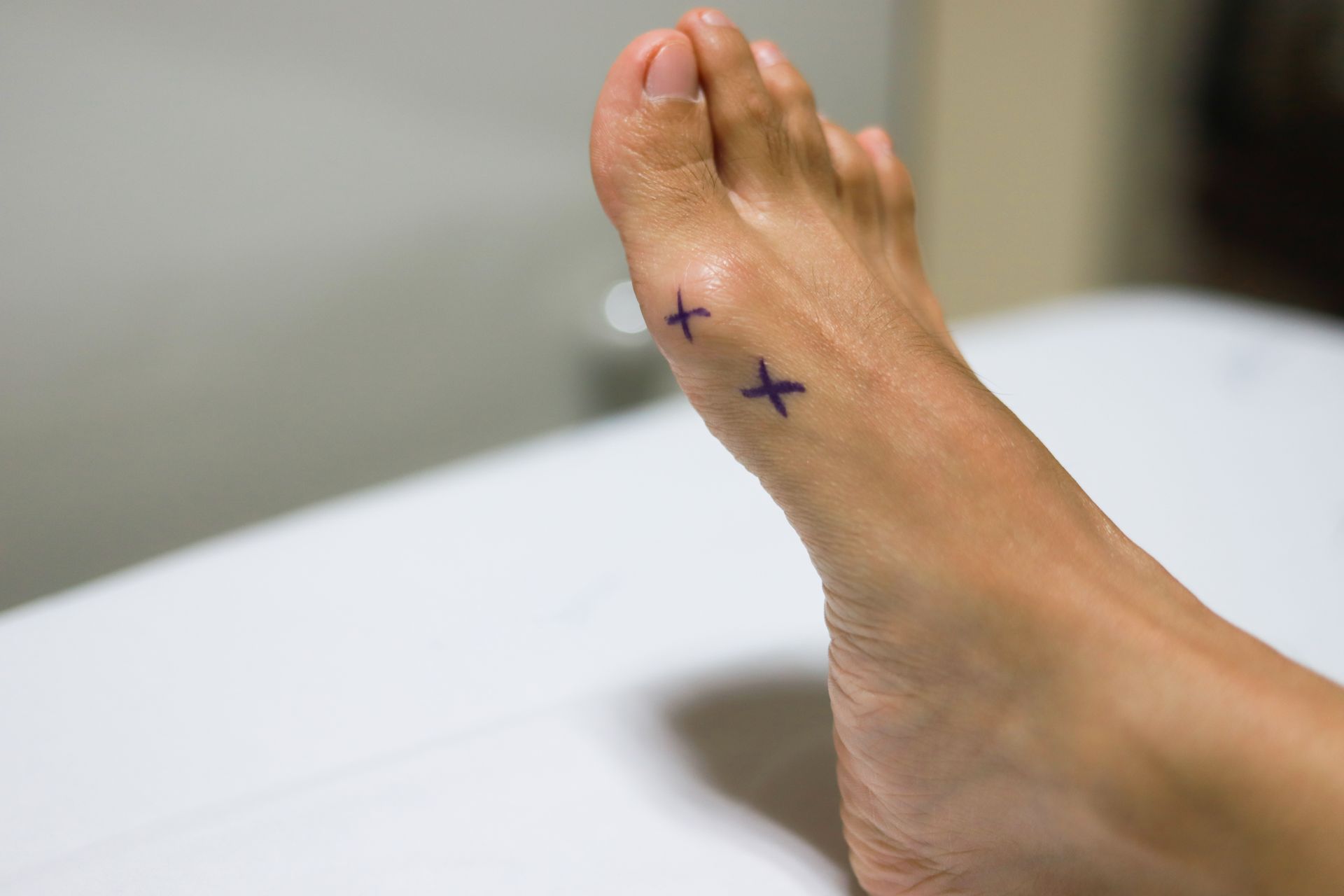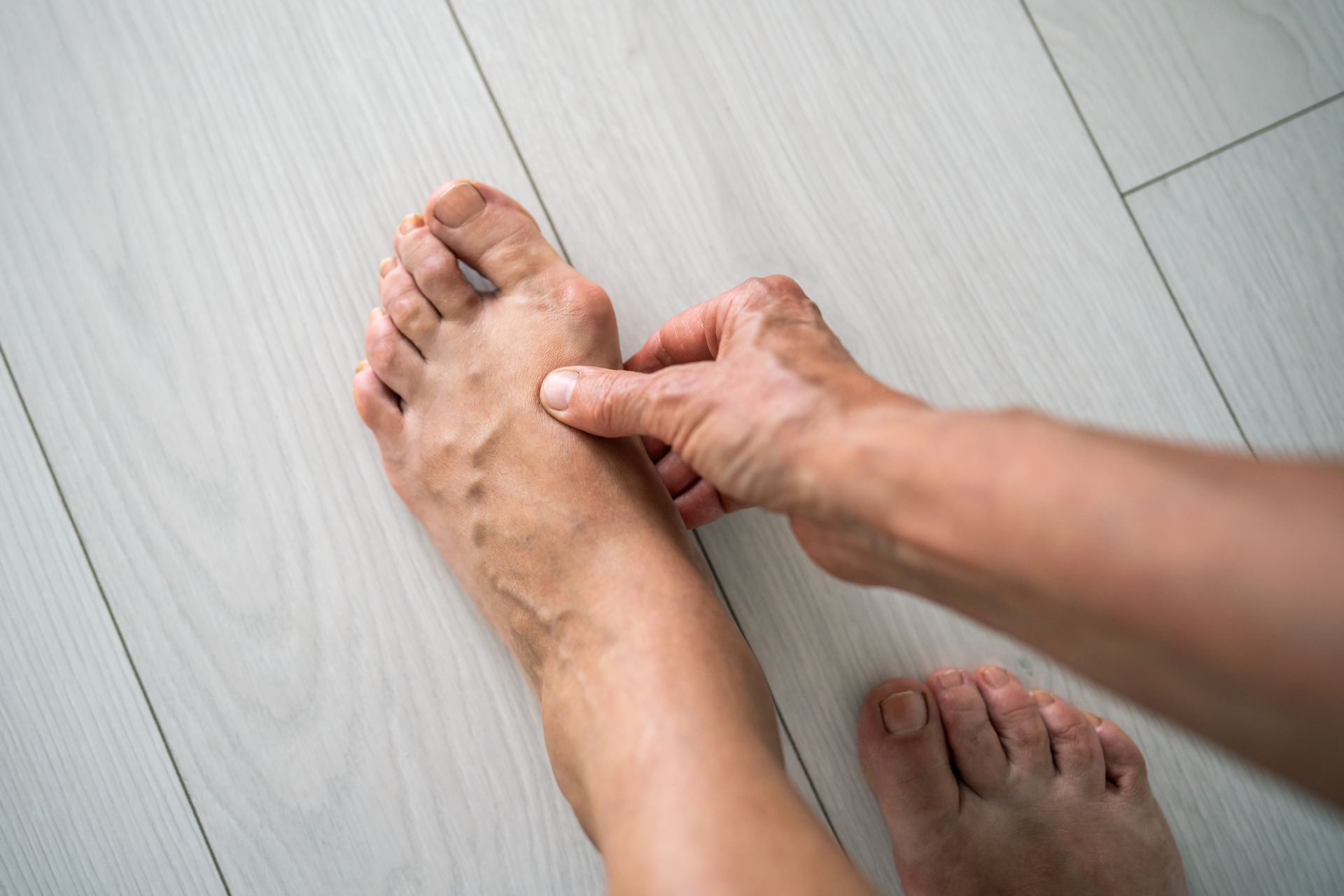Ingrown Toenails: Everything Baton Rouge Patients Should Know
An ingrown toenail presents as a painful corner of nail that becomes embedded in the skin on the side of a toe. Ingrown toenails can be mild at first. Symptoms of an ingrown toenail include localized redness and pain. A bulge of nail or hypertrophied skin can grow where the nail is ingrown. As an ingrown toenail worsens, drainage, pus and infection can develop.
Home Treatments for Ingrown Toenails
A number of effective home treatments exist for painful ingrown toenails. Sometimes clipping the incurvated corner of nail can give temporary pain relief. Soaking the toe in warm Epsom salt water can help to decrease inflammation and alleviate some of the painful symptoms, and application of a topical antibiotic ointment can help with localized inflammation.
When to See a Podiatrist for an Ingrown Toenail
When an ingrown toenail fails to heal with at-home treatments, or if concern for infection arises, then it is time to see a podiatrist to have the ingrown toenail fixed. Patients with diabetes or a history of poor circulation should use more caution with home treatments and are at greater risk for developing a complication.
Partial Nail Avulsion / Removal of Ingrown Toenail
Removal of an ingrown toenail is a simple in-office procedure and is one of the most common procedures performed by a board-certified podiatrist. Removal of an ingrown toenail begins with two small shots near the base of the affected toe. A local anesthetic medicine, similar to Novocaine, is injected into the toe. After 10 to 15 minutes, the toe will be completely numb, and it will remain numb for 8 to 10 hours. A small sharp clipper designed specifically for ingrown toenail is used to cut the nail and forceps are used to remove the embedded portion of toenail. It is important to note that only the embedded portion of nail is removed, and not the entire nail plate—this allows a shorter healing time and less pain. After the offending nail border is removed, a diluted acid called Phenol is applied to the nail bed. This chemical application reduces the rate of recurrence from 70 to 8 percent. The foot is then dressed with antibiotic ointment and a small soft bandage.
Recovery for Ingrown Toenail Removal
On the day of the procedure, the more the foot is elevated and
the less the patient does, the better. This reduces drainage and swelling. The
bandage can be removed the evening the procedure is performed, and normal
bathing can resume. Typically, the toe is sore for a day or two following an
ingrown toenail removal and it is helpful to soak the foot in Epsom salt water
to reduce inflammation. Bandaging usually consists of antibiotic ointment and a
band aid for two weeks.


